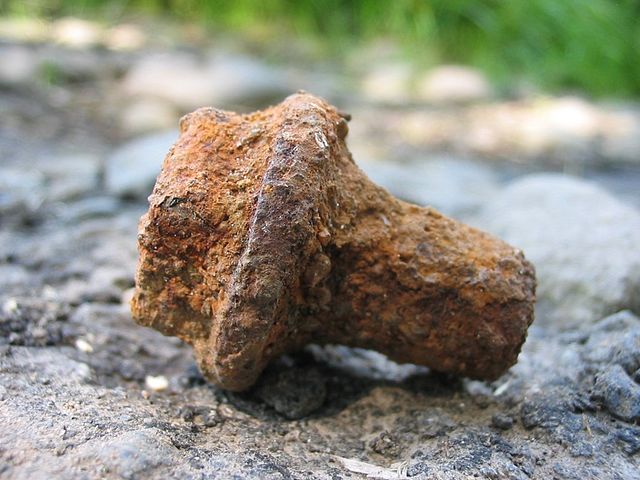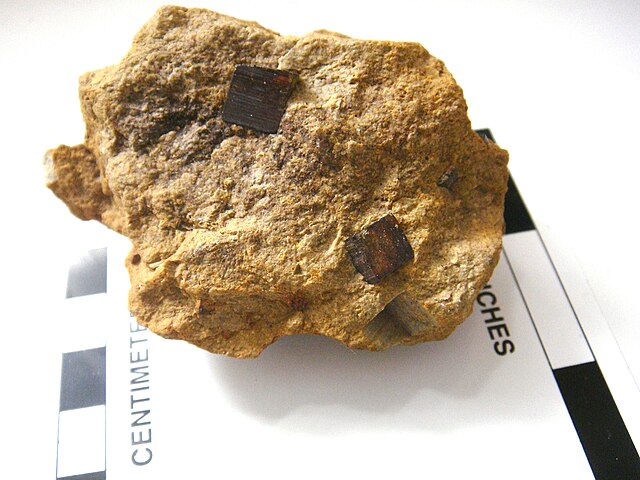A redox gradient is a series of reduction-oxidation (redox) reactions sorted according to redox potential. The redox ladder displays the order in which redox reactions occur based on the free energy gained from redox pairs. These redox gradients form both spatially and temporally as a result of differences in microbial processes, chemical composition of the environment, and oxidative potential. Common environments where redox gradients exist are coastal marshes, lakes, contaminant plumes, and soils.
Wetland soils often experience redox gradients.
Sediment cores like this one collected from estuaries, rivers, lakes, and bays often have redox gradients with depth down into the core.
Redox is a type of chemical reaction in which the oxidation states of a reactant change. Oxidation is the loss of electrons or an increase in the oxidation state, while reduction is the gain of electrons or a decrease in the oxidation state.
Oxides, such as iron(III) oxide or rust, which consists of hydrated iron(III) oxides Fe2O3·nH2O and iron(III) oxide-hydroxide (FeO(OH), Fe(OH)3), form when oxygen combines with other elements.
Iron rusting in pyrite cubes
Enzymatic browning is an example of a redox reaction that takes place in most fruits and vegetables.
Blast furnaces of Třinec Iron and Steel Works, Czech Republic






